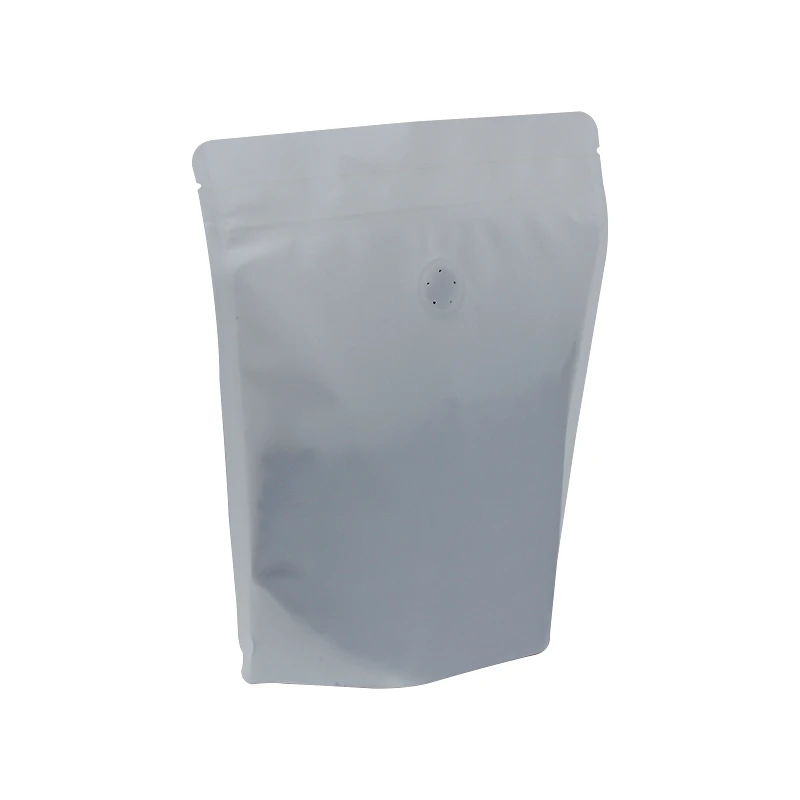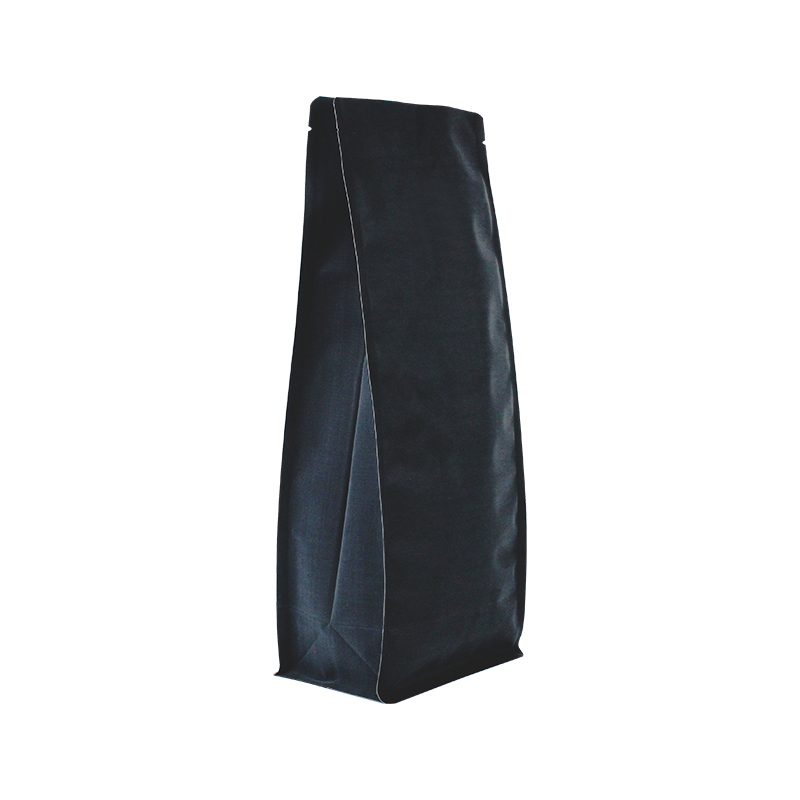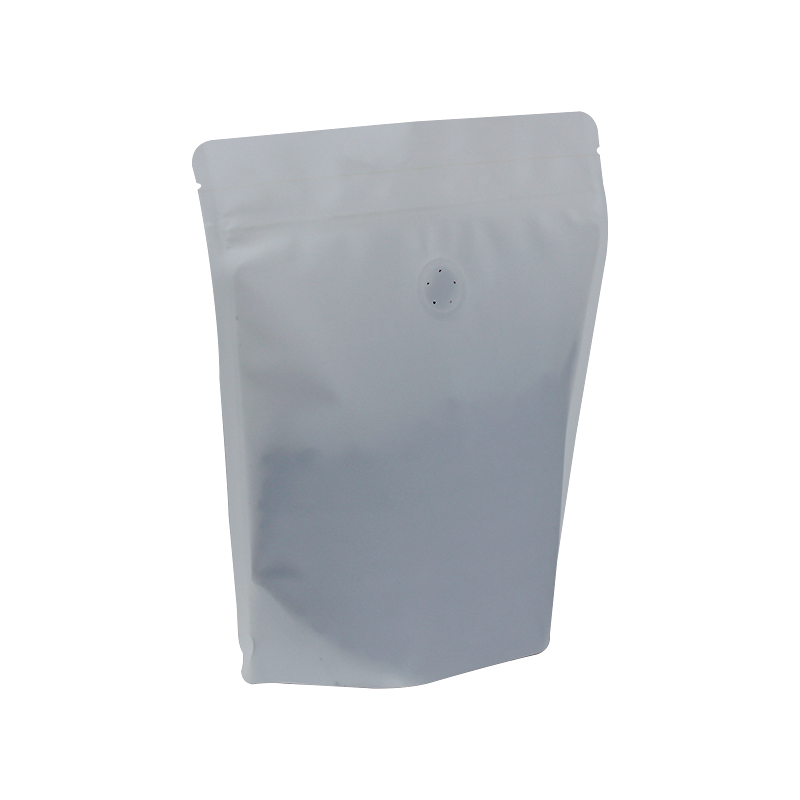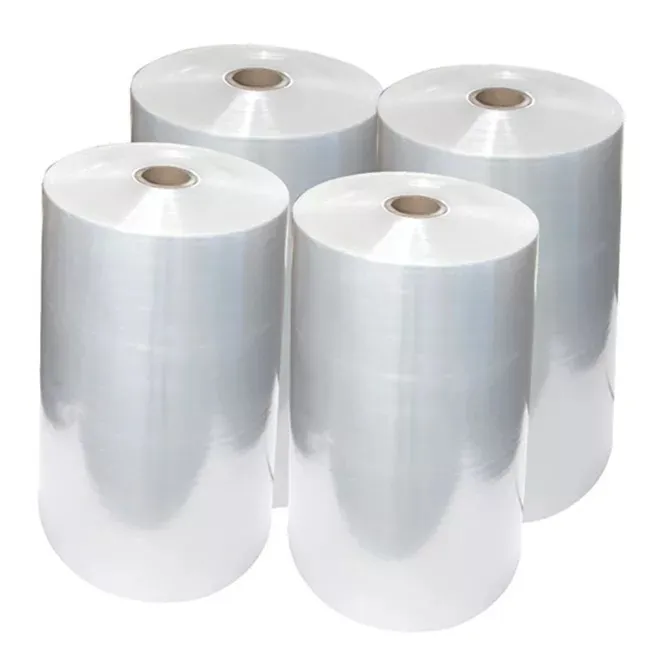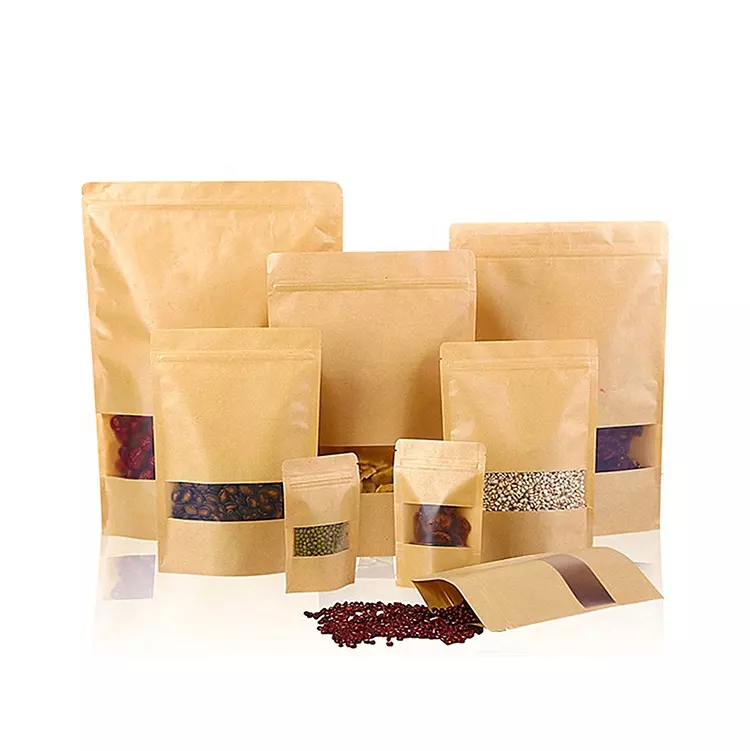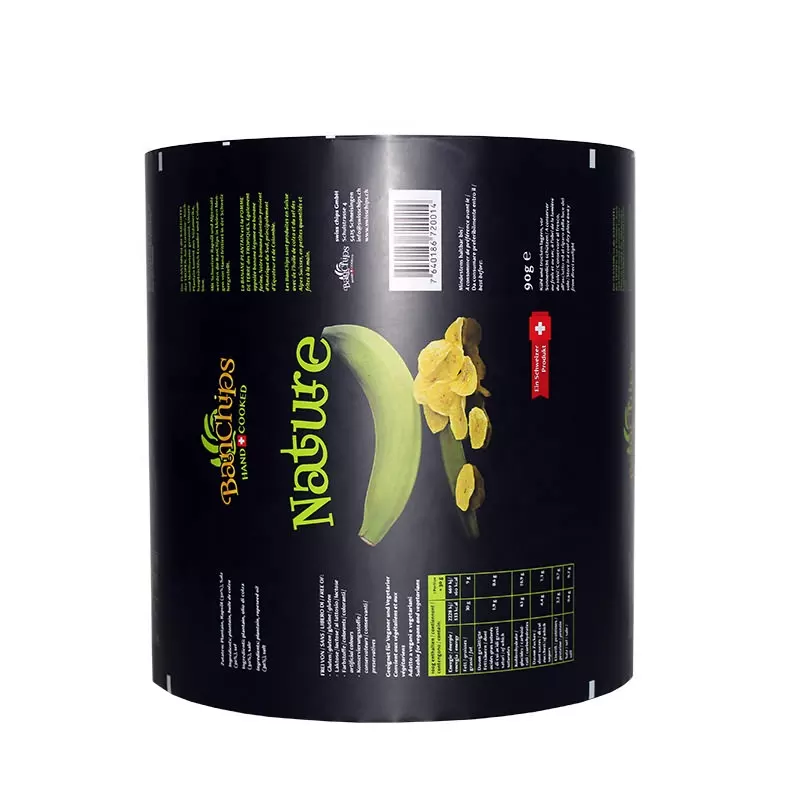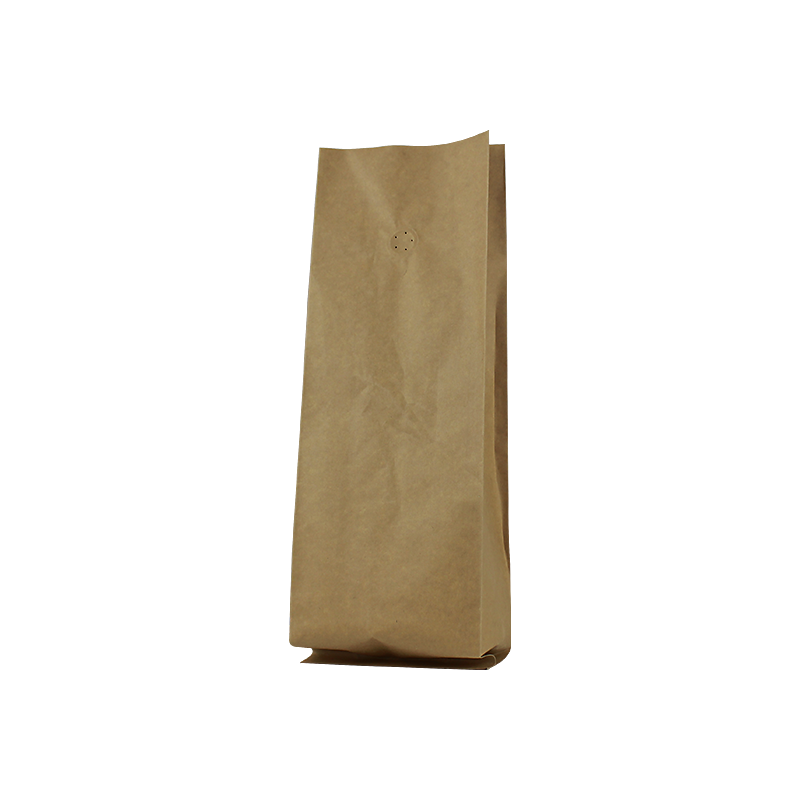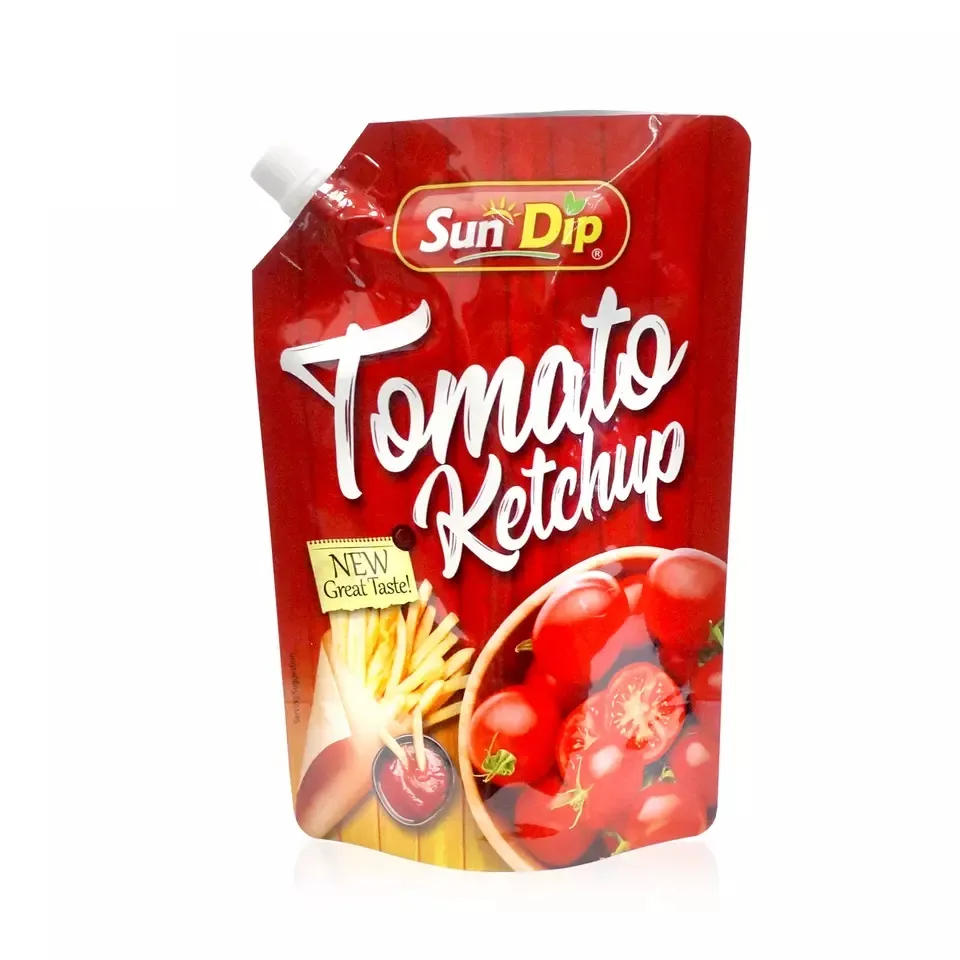- Afrikaans
- Albanian
- Amharic
- Arabic
- Armenian
- Azerbaijani
- Basque
- Belarusian
- Bengali
- Bosnian
- Bulgarian
- Catalan
- Cebuano
- chinese_simplified
- chinese_traditional
- Corsican
- Croatian
- Czech
- Danish
- Dutch
- English
- Esperanto
- Estonian
- Finnish
- French
- Frisian
- Galician
- Georgian
- German
- Greek
- Gujarati
- haitian_creole
- hausa
- hawaiian
- Hebrew
- Hindi
- Miao
- Hungarian
- Icelandic
- igbo
- Indonesian
- irish
- Italian
- Japanese
- Javanese
- Kannada
- kazakh
- Khmer
- Rwandese
- Korean
- Kurdish
- Kyrgyz
- Lao
- Latin
- Latvian
- Lithuanian
- Luxembourgish
- Macedonian
- Malgashi
- Malay
- Malayalam
- Maltese
- Maori
- Marathi
- Mongolian
- Myanmar
- Nepali
- Norwegian
- Norwegian
- Occitan
- Pashto
- Persian
- Polish
- Portuguese
- Punjabi
- Romanian
- Russian
- Samoan
- scottish-gaelic
- Serbian
- Sesotho
- Shona
- Sindhi
- Sinhala
- Slovak
- Slovenian
- Somali
- Spanish
- Sundanese
- Swahili
- Swedish
- Tagalog
- Tajik
- Tamil
- Tatar
- Telugu
- Thai
- Turkish
- Turkmen
- Ukrainian
- Urdu
- Uighur
- Uzbek
- Vietnamese
- Welsh
- Bantu
- Yiddish
- Yoruba
- Zulu
compostable flexible packaging
Compostable Flexible Packaging refers to a type of packaging made from materials that are designed to break down naturally in composting environments, turning into organic matter without leaving harmful residues. Unlike traditional plastic packaging, which can take hundreds of years to decompose, compostable flexible packaging is designed to decompose in a much shorter timeframe, helping to reduce waste and minimize environmental impact.
Key Features of Compostable Flexible Packaging:
1. Sustainable Materials:
- Compostable flexible packaging is typically made from biodegradable polymers or plant-based materials such as polylactic acid (PLA), polybutylene succinate (PBS), and other natural fibers (e.g., cornstarch or cellulose). These materials are derived from renewable resources like corn, sugarcane, or cassava, which makes them a more sustainable alternative to conventional petroleum-based plastics.
- Some compostable packaging also incorporates bio-based polymers, which are partially derived from non-petroleum sources but may still include a mix of synthetic components to enhance performance.
2. Eco-Friendly Disposal:
- The key advantage of compostable flexible packaging is that it biodegrades into non-toxic components in a composting environment, usually within a few months. This process is facilitated by microorganisms that break down the material into water, carbon dioxide, and organic matter, enriching the soil in the process.
- Unlike conventional plastics that can release harmful chemicals into the environment as they degrade, compostable packaging is designed to break down cleanly, leaving no lasting environmental footprint.
3. Performance and Functionality:
- Compostable flexible packaging can be used in a wide range of applications, including food packaging, beverages, snacks, personal care products, and cleaning supplies.
- The packaging is designed to offer the same performance as traditional plastic packaging in terms of strength, moisture resistance, and barrier properties, ensuring that the contents remain protected and fresh.
- It can come in various formats such as bags, pouches, wraps, and films, and can be heat-sealed, printed, and customized just like conventional flexible packaging.
4. Certification and Standards:
- Compostable flexible packaging is often certified by organizations such as OK Compost or USDA Biobased to ensure that it meets specific standards for biodegradability and compostability. These certifications provide consumers with confidence that the packaging will indeed break down in an industrial or home composting setting.
- Packaging that complies with these standards is typically labeled with certifications to help consumers make informed choices.
5. Environmental Benefits:
- Waste Reduction: Compostable packaging offers a solution to the growing problem of plastic waste in landfills and oceans. Since the material is designed to break down naturally, it does not contribute to long-term pollution.
- Carbon Footprint Reduction: The use of renewable plant-based materials, as opposed to fossil fuels, helps reduce the carbon footprint associated with the production of packaging.
- Soil Enrichment: The organic matter left behind after composting can enrich the soil, making compostable packaging beneficial in agricultural and horticultural applications.
Applications:
- Food Packaging: Single-serve food containers, snack bags, tea bags, and take-out containers.
- Beverage Packaging: Compostable pouches for juice, smoothies, and powders.
- Personal Care: Compostable packaging for cosmetics, soaps, and hygiene products.
- Retail and Commercial: Packaging for household products, cleaning materials, and other non-food items.
Conclusion:
Compostable flexible packaging is a promising and sustainable alternative to traditional plastic packaging. It supports the global movement toward reducing plastic waste and minimizing environmental impact while providing the same protective and functional properties required for various applications. With increased awareness and consumer demand for eco-friendly products, compostable packaging is becoming an essential choice for brands aiming to improve their environmental footprint and contribute to a more sustainable future.
What Is The Difference Between Biodegradable And Compostable Packaging?
The terms biodegradable and compostable are often used interchangeably when discussing eco-friendly packaging, but they refer to two distinct concepts. Understanding the difference is important for making informed choices about packaging materials and their environmental impact.
1. Biodegradable Packaging:
- Definition: Biodegradable packaging refers to materials that break down naturally over time due to the action of microorganisms (such as bacteria, fungi, or algae) into simpler compounds like water, carbon dioxide, and organic matter.
- Time Frame: The breakdown process can take a varying amount of time, depending on the material, environmental conditions, and presence of microorganisms. Some biodegradable materials might take months, while others could take years. For example, biodegradable plastics might take anywhere from 1 to 10 years to degrade, while natural fibers like cotton might degrade more quickly.
- Conditions for Degradation: Biodegradable materials can degrade in a variety of environments, including landfills, oceans, or soil, but they may leave behind toxic residues if not fully degraded. This is especially true for certain types of biodegradable plastics.
- Examples: Many conventional plastics that are labeled "biodegradable" might still require specific environmental conditions (such as higher temperatures or UV light) to degrade properly, and they may leave microplastics behind.
2. Compostable Packaging:
- Definition: Compostable packaging is a type of biodegradable packaging, but it is specifically designed to break down **in a controlled composting environment** (such as an industrial or home composting system). In this setting, the material decomposes into organic matter that can enrich the soil without leaving any harmful residue behind.
- Time Frame: Compostable packaging is designed to break down within a specific time frame (usually 90 days) when exposed to the right conditions (e.g., moisture, heat, air, and microbial activity). The end product is nutrient-rich organic matter, which contributes to soil health.
- Conditions for Degradation: Compostable materials need specific conditions to degrade properly, typically found in industrial composting facilities or home composting systems. The process requires warmth, moisture, and a balance of microorganisms.
- Examples: Compostable packaging is often made from plant-based materials such as PLA (polylactic acid), PBAT (polybutylene adipate terephthalate), or starch-based films that break down into water, carbon dioxide, and organic compost.
Conclusion:
- Biodegradable packaging is a broader term, meaning the material will break down over time through natural processes. However, it doesn’t guarantee that the material will decompose fully without leaving harmful residues.
- Compostable packaging, on the other hand, is a type of biodegradable packaging that decomposes in a controlled composting environment and leaves no harmful residue, turning into nutrient-rich compost that enriches the soil.
For a truly sustainable packaging solution, compostable packaging is generally the better choice, as it breaks down cleanly and quickly in the right conditions, contributing positively to the environment. However, biodegradable packaging is still useful in reducing plastic waste, even though it might not offer the same level of environmental benefit as compostable options.
What Is The Difference Between Biodegradable And Compostable Packaging?
The terms biodegradable and compostable are often used interchangeably when discussing eco-friendly packaging, but they refer to two distinct concepts. Understanding the difference is important for making informed choices about packaging materials and their environmental impact.
1. Biodegradable Packaging:
- Definition: Biodegradable packaging refers to materials that break down naturally over time due to the action of microorganisms (such as bacteria, fungi, or algae) into simpler compounds like water, carbon dioxide, and organic matter.
- Time Frame: The breakdown process can take a varying amount of time, depending on the material, environmental conditions, and presence of microorganisms. Some biodegradable materials might take months, while others could take years. For example, biodegradable plastics might take anywhere from 1 to 10 years to degrade, while natural fibers like cotton might degrade more quickly.
- Conditions for Degradation: Biodegradable materials can degrade in a variety of environments, including landfills, oceans, or soil, but they may leave behind toxic residues if not fully degraded. This is especially true for certain types of biodegradable plastics.
- Examples: Many conventional plastics that are labeled "biodegradable" might still require specific environmental conditions (such as higher temperatures or UV light) to degrade properly, and they may leave microplastics behind.
2. Compostable Packaging:
- Definition: Compostable packaging is a type of biodegradable packaging, but it is specifically designed to break down **in a controlled composting environment** (such as an industrial or home composting system). In this setting, the material decomposes into organic matter that can enrich the soil without leaving any harmful residue behind.
- Time Frame: Compostable packaging is designed to break down within a specific time frame (usually 90 days) when exposed to the right conditions (e.g., moisture, heat, air, and microbial activity). The end product is nutrient-rich organic matter, which contributes to soil health.
- Conditions for Degradation: Compostable materials need specific conditions to degrade properly, typically found in industrial composting facilities or home composting systems. The process requires warmth, moisture, and a balance of microorganisms.
- Examples: Compostable packaging is often made from plant-based materials such as PLA (polylactic acid), PBAT (polybutylene adipate terephthalate), or starch-based films that break down into water, carbon dioxide, and organic compost.
Conclusion:
- Biodegradable packaging is a broader term, meaning the material will break down over time through natural processes. However, it doesn’t guarantee that the material will decompose fully without leaving harmful residues.
- Compostable packaging, on the other hand, is a type of biodegradable packaging that decomposes in a controlled composting environment and leaves no harmful residue, turning into nutrient-rich compost that enriches the soil.
For a truly sustainable packaging solution, compostable packaging is generally the better choice, as it breaks down cleanly and quickly in the right conditions, contributing positively to the environment. However, biodegradable packaging is still useful in reducing plastic waste, even though it might not offer the same level of environmental benefit as compostable options.
ABOUT for more information
Product Categories
Crafts App
Contact Us
- No. 6 Hefu Road, Hengjiang Industrial Zone, Gaoming District, Foshan, Guangdong Province,China
- Tel: 86-133 3649 8096
- Email:enid@bc-pak.com





